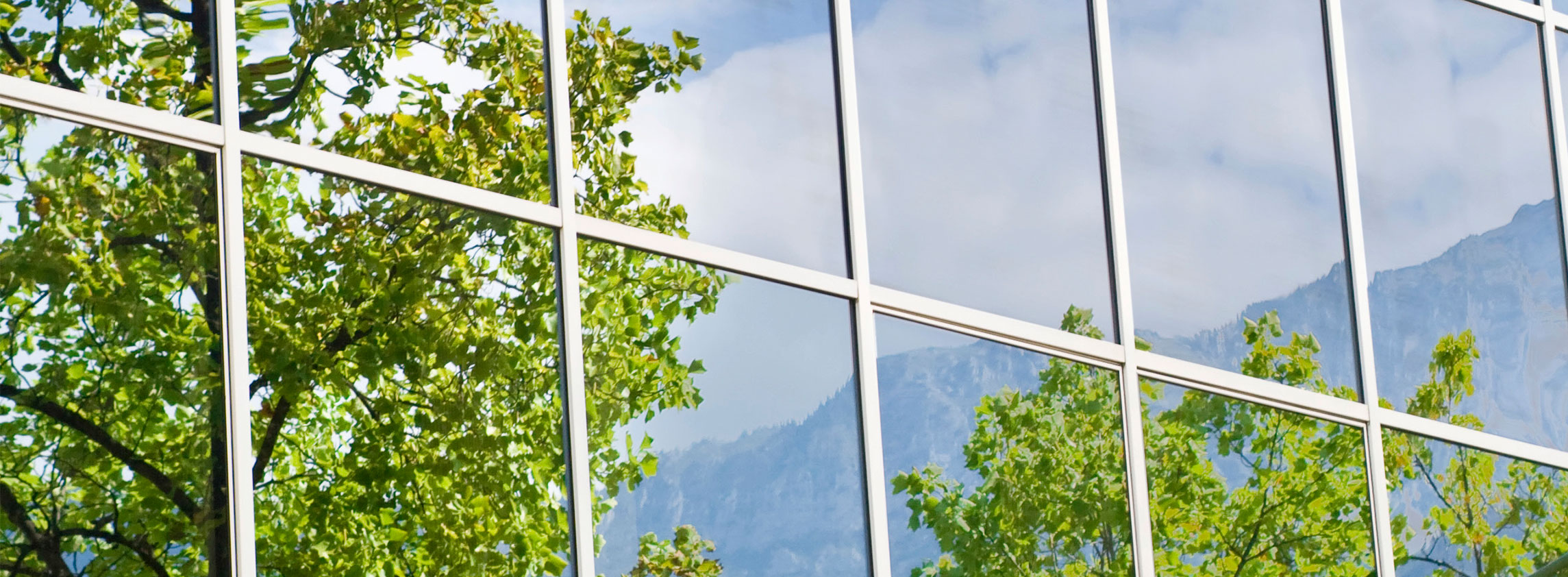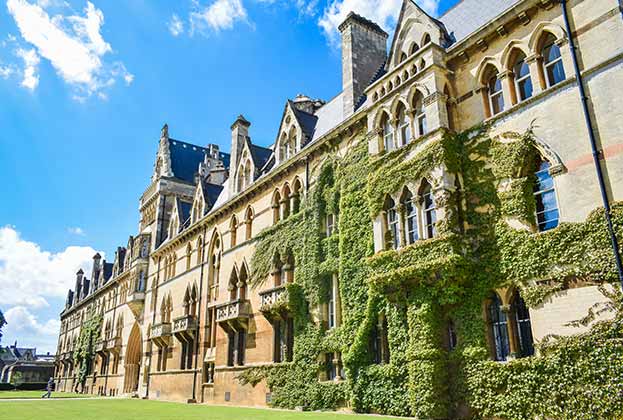The path to carbon neutrality is still a winding one, but there are real opportunities to share best-practice between estates teams across the public and private sectors
The path to carbon neutrality for universities is no easier than it is for companies, and as we have explored in the previous pages of this Spotlight, there are some challenges and opportunities that are unique to the Higher Education sector. Universities have undoubtedly led the debate on the scale of the problem, and in many cases are better-placed to lead on the solutions. However, a greater sharing of data, benchmarks and best-practice between the higher education sector and private sector building owners would undoubtedly benefit everyone.
While the topic of greening the built environment is developing fast, there are still many questions to be answered. We set out below our roadmap for identifying challenges and delivering solutions for estates teams across the industry.
The AUDE’s Sustainability Scorecard breaks down the key areas of focus into four priority areas which are then subdivided into 18 frameworks. The four priority areas are:
- Leadership & Governance;
- Estates & Operations;
- Partnership & Engagement;
- Learning, Teaching & Research.
The establishment of this scorecard plays to the first step on our roadmap, which is Measurement & Verification.
1. Measurement & verification
There is already a competitive industry out there to help any organisation calculate its current carbon emissions and develop a plan to reduce them. There are also numerous tools and standards for those who have the skills to go it alone. For example, The CarbonNeutral Protocol was established in 2002 and is an open-source standard and guide that was developed for businesses who want a rigorous and transparent framework in which to move towards Carbon Neutrality.
2. Reduce energy emissions
Having established a baseline, the next step is to seek to reduce carbon emissions. The Global Universities Partnership on Environment for Sustainability has established a Greening Universities Toolkit that sets out some key strategies that they could use to become greener. The toolkit suggests a review of the following areas:
Energy conservation: staff and student training and awareness programmes; improved space utilisation; energy efficiency standards for both new construction and refurbishments.
Energy efficiency: Building retrofitting; heating; ventilation and air-conditioning; and periodic recommissioning and building tuning to optimise energy efficiency.
Renewable and alternative energy: Purchase of certified ‘green power’ and the installation of solar cells, wind, biomass and other renewable energy systems.
As we have discussed elsewhere in this paper, one size does not fit all and benchmarks will need to be developed and shared for universities that have different academic focuses and sizes.
3. Future estates plans – build, refurbish or retrofit?
As we discussed in Section 2 of this Spotlight, the debate around whether it is better to demolish and rebuild, retrofit or refurbish is a live and developing one. This is a particular hot topic amongst private sector developers and owners of property, and we suggest that keeping an eye on the Better Buildings Partnership (BBP) is a good strategy for the way ahead. The BBP is a collaboration of the UK’s leading commercial property owners to work together to improve the sustainability of existing commercial building stock. Its membership owns over 50m square metres of commercial property, worth over £270bn, so clearly they have some fire-power to spend on answering these kinds of questions.
The BBP has just published its own Climate Change Commitment, and plans to publish a net zero carbon pathway by the end of 2020.
4. Off-set emissions where they are essential to the core business of the university
Off-setting of emissions has been an increasingly contentious issue over the last 12 months, with some commentators suggesting that it is ‘greenwashing’ or even writing a cheque to compensate for poor institutional or corporate behaviour. We disagree with this view, as however effective an organisation has been in reducing its emissions they cannot ever be cut to zero.
Universities have to continue to teach, research and house staff and students, and all of these functions require power from some source.
Larger universities with their own non-operational land can look into a variety of uses of their “natural capital”. These can include services provided by that land such as carbon draw-down and erosion protection, or by demonstrating and measuring societal benefits such as clean air, clean water and recreation.
For more details on this concept, please see our 'Spotlight on Natural Capital' report.
5. Balance the books & don’t forget the core business in the rush to be green
Finally, every organisation with an aspiration to be greener should undertake a carbon balance calculation every year. Any energy use not met by on-site renewables should be met by an investment into additional renewable energy capacity off-site or a minimum 15-year renewable energy power purchased agreement (PPA).
We also believe that there is a risk of over-focusing on emissions, energy savings and the rest at the expense of the fundamental purpose of the buildings. Let’s not forget that academic buildings are there to create an atmosphere in which students can learn, and we must accept that creating high-performing educational spaces will sometimes come with a higher environmental impact.
Returning to the theme of our last Higher Education Spotlight which focused on What Students Want, some key considerations for existing and new buildings must always include: indoor air quality, thermal comfort, daylight & lighting, noise, layout & signposting, amenity provision and location.
Read the articles within Spotlight: UK Higher Education below.






.jpg)
.png)

.jpg)